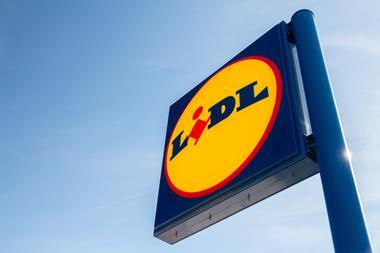Half of UK customers are setting themselves spending limits on Christmas presents for children and partners this year as inflation continues to run rampant.
With inflation hitting 41-year highs this month and the UK slipping officially into recession, nine in 10 (90.6%) of the least affluent consumers and around two-thirds (68.2%) among the most affluent consumers are setting limits on the amount they’ll spend on presents this year.
Meanwhile, two-thirds of the least affluent households, as well as more than half of the most affluent customers, are going into no-gift agreements with friends and siblings, according to the latest cost-of-living data from Retail Economics and HyperJar.
While rampant inflation is dampening spending across some categories, gifts for children remain strong, with more than 40% of shoppers prioritising spending on children’s toys this Christmas.
As a result, toys remain the most resilient category, ahead of other key Christmas categories such as clothing, electricals and edible gifts.
Spiking costs also mean that customers are being less impulsive in their purchases and are considering buying more second-hand products in a bid to save money.
A quarter (24.4%) of shoppers are planning to give more homemade Christmas presents this year compared with normal – rising to well over a third (37.7%) of the least affluent, but under a fifth (17.7%) among the most affluent.
Richard Lim, chief executive of Retail Economics, said: “This will be a Christmas like no other. Against painful levels of inflation, consumers will be treading a careful tightrope between celebrating and sensible budgeting.
“Although consumers will prioritise traditional Christmas categories like toys, over half are expected to set spending limits on children and partners where they would usually indulge more.
“Shoppers are also likely to be more prepared, too, bringing forward their spending to spread out the cost and being less impulsive.
“Retailers will need to work extremely hard to encourage consumers to choose them over their competitors, focusing on bringing a strong value proposition, which comes across clearly in communication with their customers.”
- Sign up for our daily morning briefing to get the latest retail news and analysis


























No comments yet